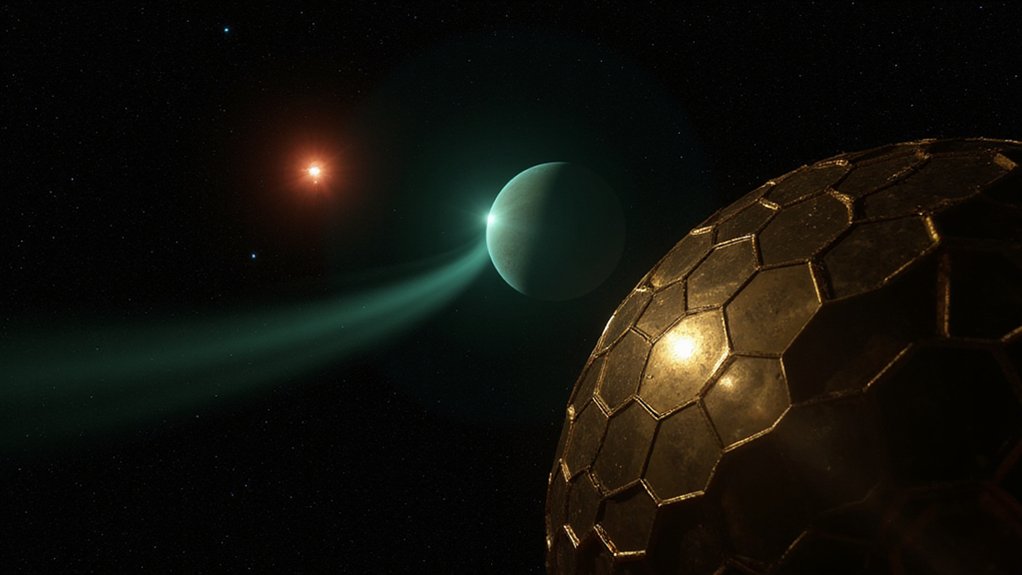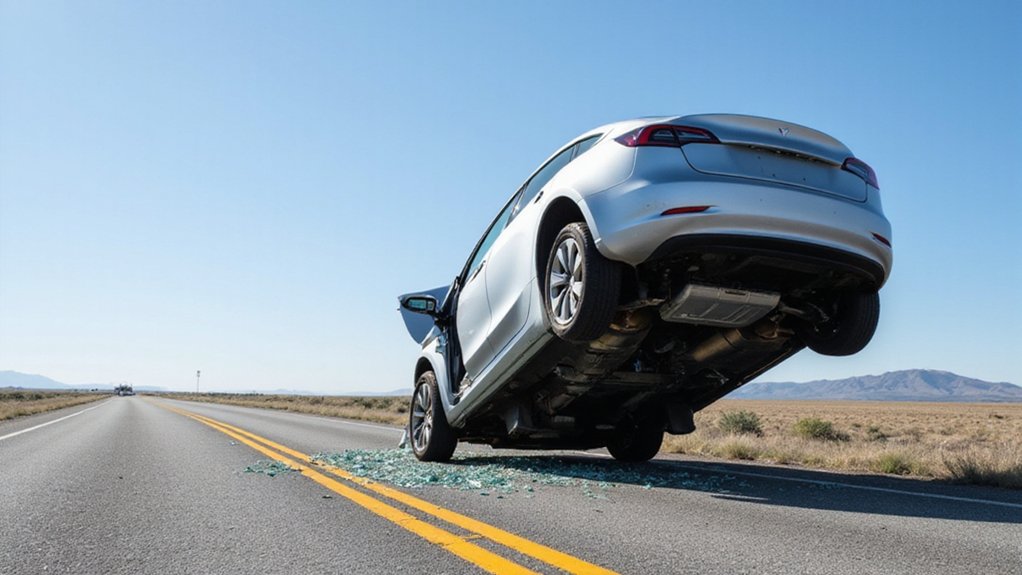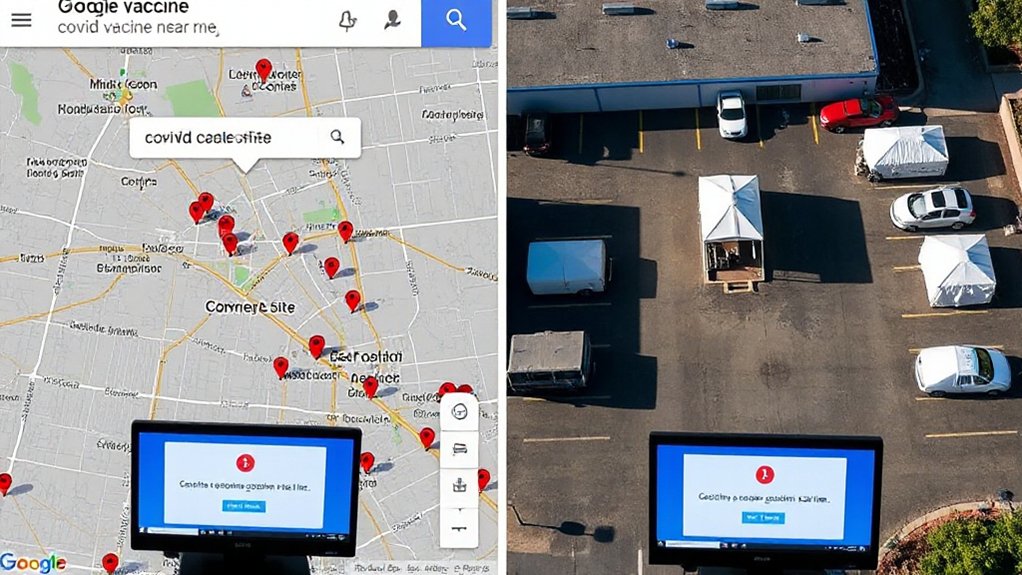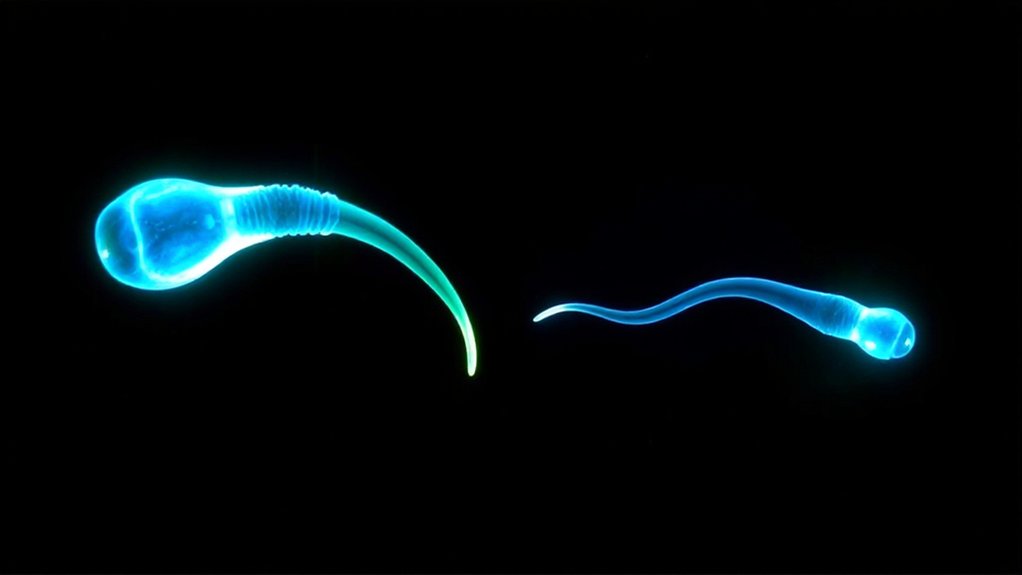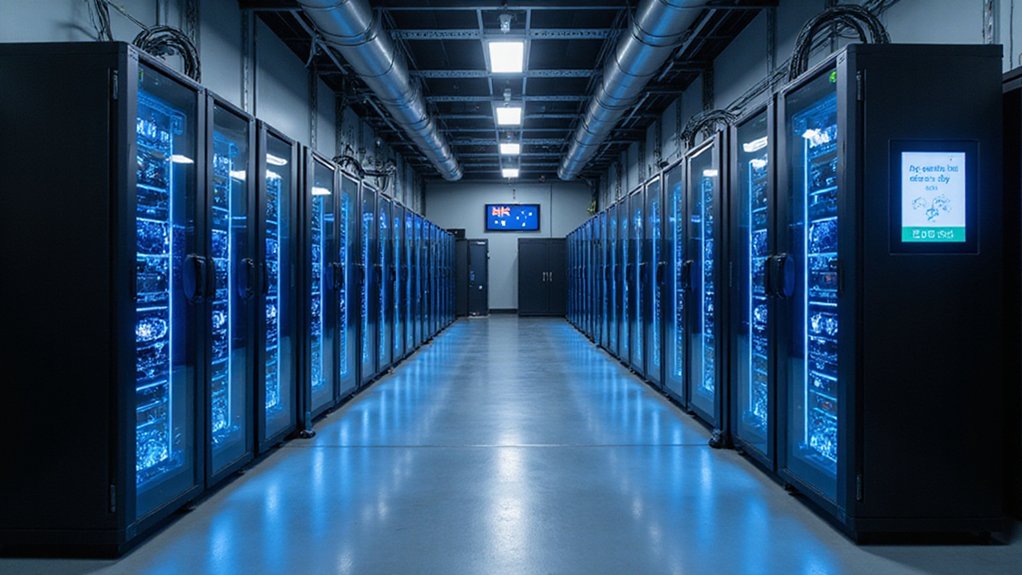When astronomers first announced they’d found possible signs of alien life on a distant planet called K2-18b, the scientific world erupted with excitement. A team led by astronomer Nikku Madhusudhan used the James Webb Space Telescope to study this faraway world. They claimed they’d detected special molecules in the planet’s atmosphere, including dimethyl sulfide, or DMS. On Earth, tiny ocean plants make this gas. Finding it on another planet could mean life exists there too.
The scientists collected their data while K2-18b passed in front of its star. This method lets researchers study what chemicals are in a planet’s atmosphere. The team called their discovery the most compelling evidence yet for life beyond Earth. However, the team only reported their findings with three-sigma significance, which means there’s still a 0.3% chance the detection was due to error rather than real evidence.
Scientists used K2-18b’s star transit to detect atmospheric chemicals, calling it compelling evidence for extraterrestrial life.
But the celebration didn’t last long. Other astronomers quickly raised doubts about these findings. They said the evidence wasn’t strong enough to prove alien life exists. Independent researchers pointed out problems with how the data was analyzed.
Jake Taylor from the University of Oxford took a closer look at the same telescope data. His analysis showed the atmospheric readings were basically flat. He didn’t see the telltale peaks that would indicate DMS or other biological gases. Other scientists published new studies in the Astrophysical Journal Letters. They concluded the original DMS detection was wrong.
The problem came down to weak signals and statistical noise in the data. When telescopes look at planets so far away, it’s easy to mistake random fluctuations for real discoveries. Astronomer Yanqin Wu explained that extraordinary claims like finding alien life need extraordinary proof. Most of the time, these exciting announcements don’t hold up after more careful study.
K2-18b itself remains an interesting planet. It’s bigger and denser than Earth, with gravity that’s slightly stronger. The planet gets about the same amount of sunlight as Earth does. Its atmosphere contains hydrogen, but scientists now believe it doesn’t have the biological gases first reported. Project scientist Shang-Min Tsai from UC Riverside led one of the teams that challenged the original findings.
This story shows how science corrects itself. Initial discoveries often change when more researchers examine the evidence. The search for alien life continues, but K2-18b isn’t the answer scientists hoped for.
References
- https://www.space.com/space-exploration/search-for-life/doubts-mount-further-over-signs-of-alien-life-on-k2-18b-this-is-evidence-of-the-scientific-process-at-work
- https://cnas.ucr.edu/media/2024/05/10/debunked-nasa-about-confirm-alien-life-another-planet
- https://www.livescience.com/space/extraterrestrial-life/did-the-james-webb-telescope-really-find-evidence-of-alien-life-heres-the-truth-about-exoplanet-k2-18b
- https://evolutionnews.org/2025/04/fact-check-did-scientists-really-detect-evidence-of-life-on-exoplanet-k2-18b/
- https://www.cbc.ca/news/science/k218b-exoplanet-skepticism-1.7520656
